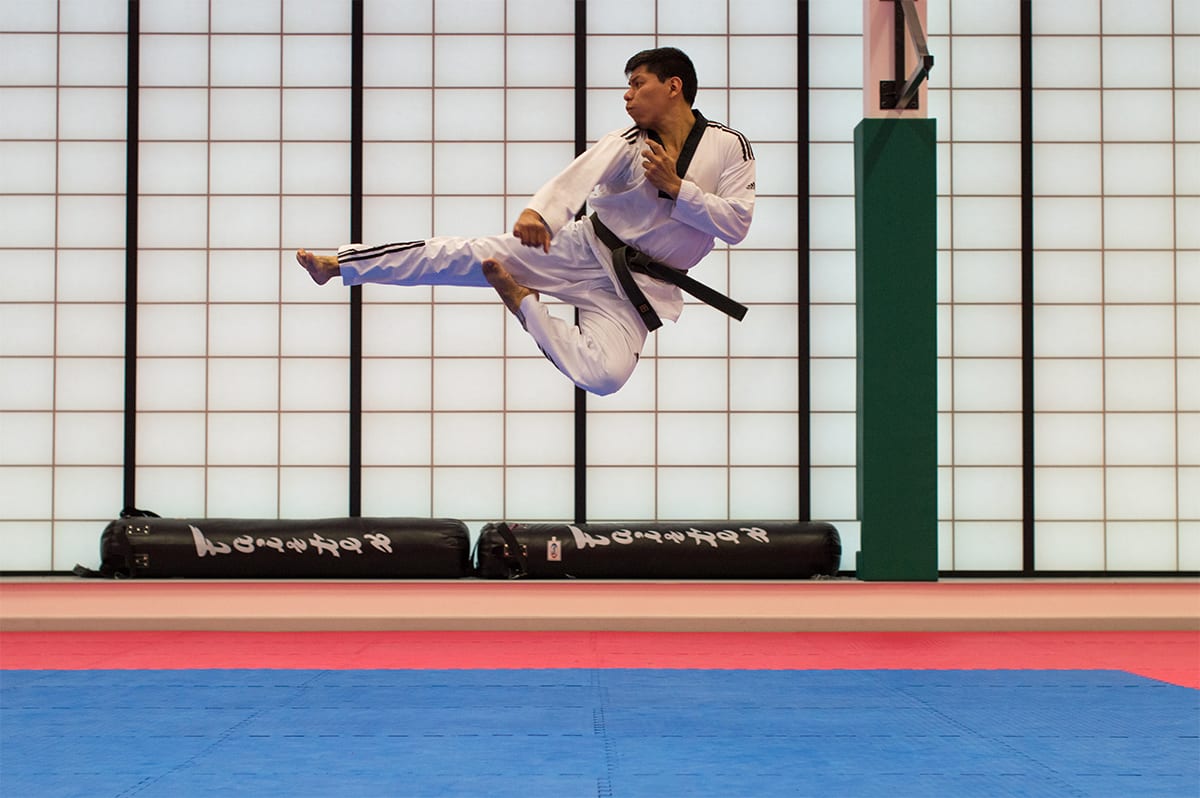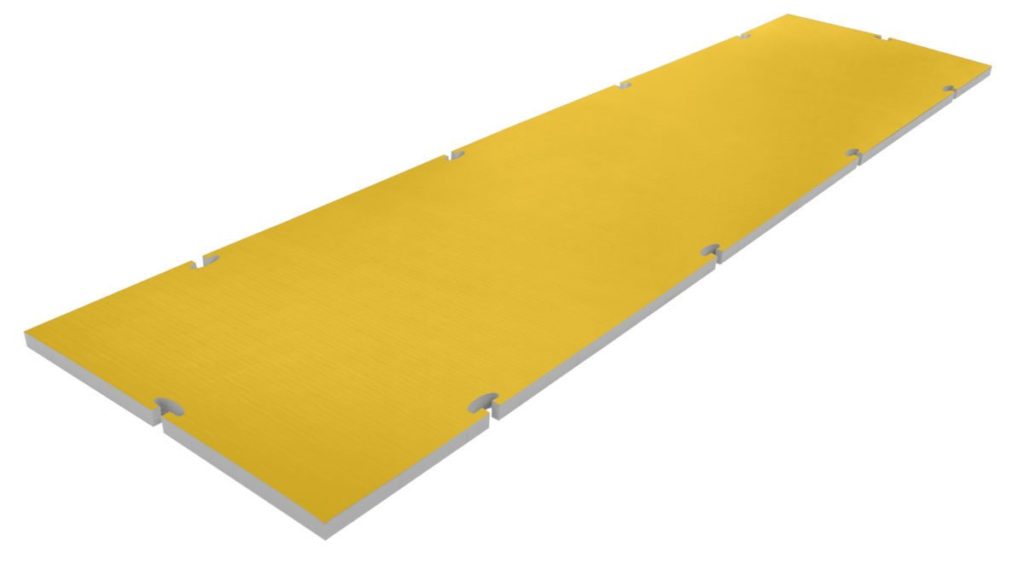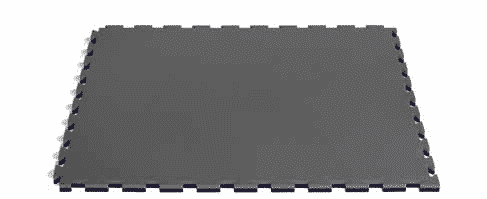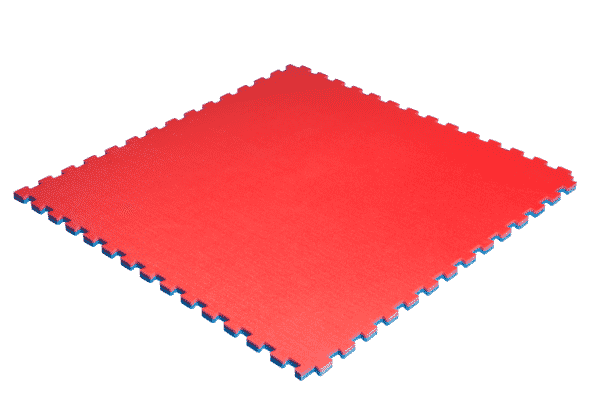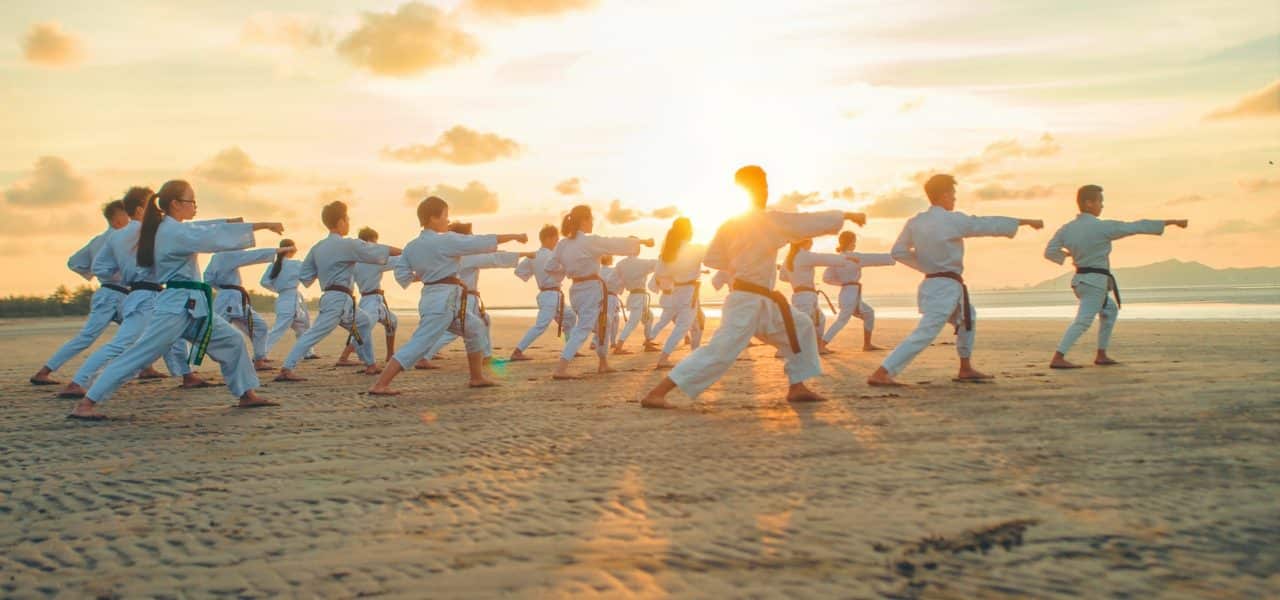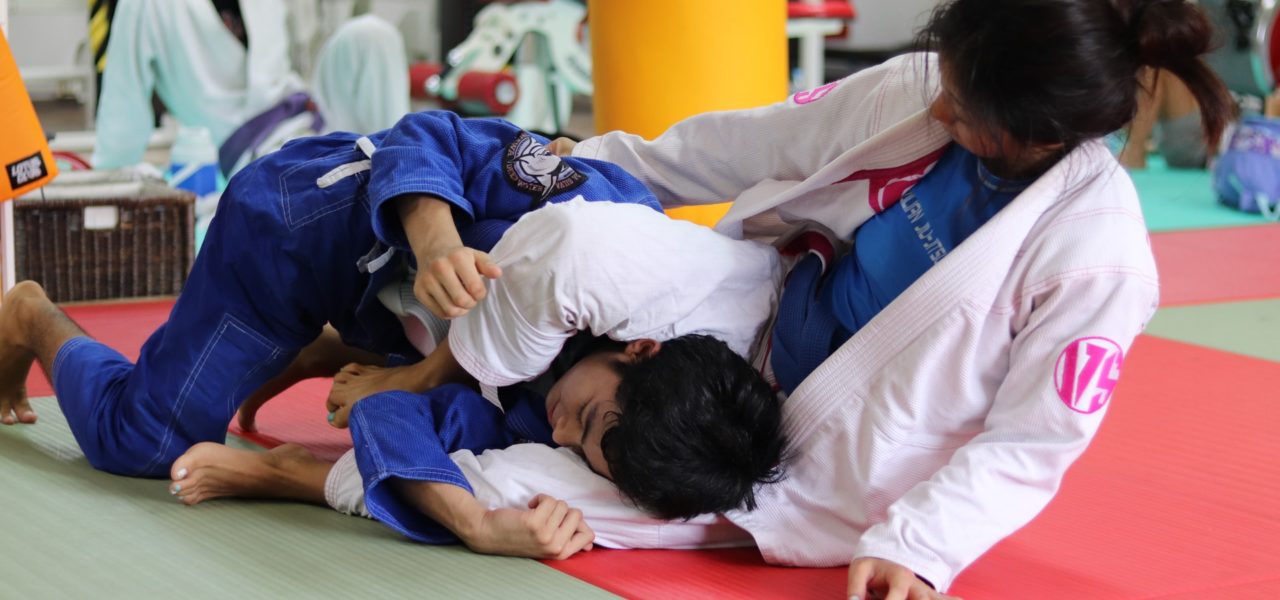Your cart is currently empty!
The tatami puzzle (mat): the material of choice for your dojo
Looking for equipment for your dojo? The first thing to think about is the carpet. Between cotton, vinyl and rice straw tatami, puzzle tatami remains the material of choice for martial arts.
Find out all about the specific features of this product!

Table des matières
What does the puzzle mat look like?
The puzzle mat has become an indispensable accessory for practicing martial arts, particularly in disciplines involving falls. There are two types of tatamis for Judo and martial arts clubs: classic tatamis and puzzle mats. The first category is generally used in judo and aikido clubs, while the second is for karate, boxing and taekwondo clubs.
When choosing a dojo tatami, two criteria must be taken into account: thickness and density.
Density
Three densities of tatamis are available in store. The 200 kg/m³ density is most commonly used in gyms, while the 110 kg/m³ density is only available for puzzle mats. Finally, 230 kg/m³ is reserved for national and international competitions, as this density is too hard for riders.
For a dojo tatami to absorb and cushion shocks properly, it’s best to use foam with a density of 80 to 100 kg/m³.
What’s more, this type of mat can even be used in medical or educational settings.
Thickness
On the other hand, the thickness of the tatami also needs to be taken into account. This will largely depend on the discipline practiced. The more the activity involves falls, the thicker the mat should be toensure the safety of the participants.
For example, for a sport such as judo or jiu-jitsu, the thickness should be around 4 cm. Below this threshold, the risk of injury increases considerably. For other disciplines, such as taekwondo, where there is no risk of falling, a 2 cm thick tatami mat is sufficient.
You can also choose between different puzzle tatami designs. For example, the rhombic pattern is known for its anti-slip properties. The T-shaped one has a grooved surface, making it versatile.
Finally, the rice-straw patterned tatami has a non-abrasive surface, suitable for floor training.
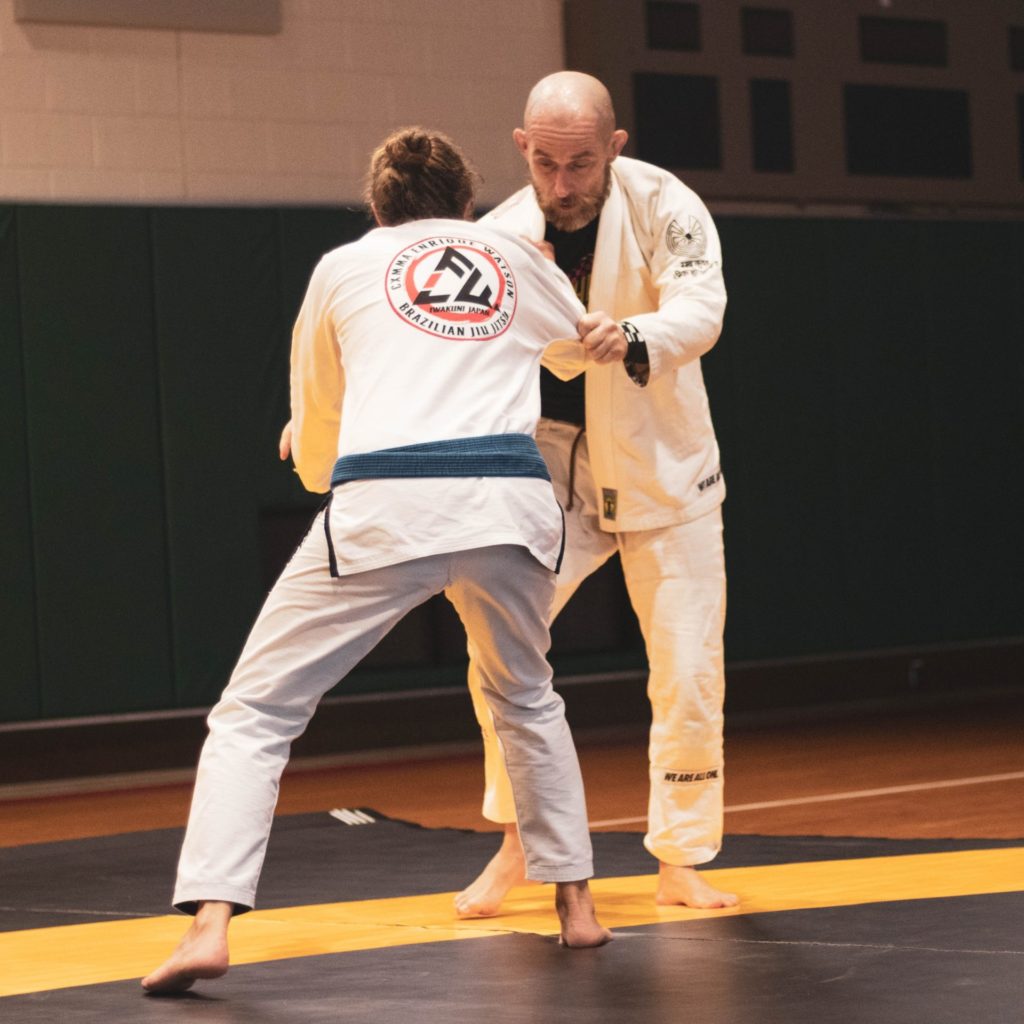
Tatami with nude or non-slip underside?
As with thickness and density, finishes differ from one carpet to another. As a general rule, brands offer either bare-bottom tatamis or mats with anti-slip properties.
Tatami mats with non-slip latex are generally recommended. Thanks to the latter, the puzzle mat won’t slip, guaranteeing greater safety for sports enthusiasts.
The bare-bottom option can be considered when the tatami surface is already blocked by wooden wedges.
What covering for a tatami dojo?
Several types of coating are available on the market. The most classic is vinyl. Rice straw ensures good grip and support. Smooth vinyl tatami, on the other hand, is suitable for wrestling sports such as mixed martial arts. It is designed to prevent friction burns.
Another good alternative is cotton tatami with a vinyl coating. It offers a more natural surface, but is slightly slippery. That said, its grip makes it ideal for activities such as aerobics and gymnastics.
Advantages of puzzle tatami
The puzzle tatami has many advantages, starting with its ease of installation. Simply place it on a flat, smooth surface. There’s no need to glue it to the floor.
You can practice your activity indoors, then quickly remove the mat after use. What’s more, puzzle tatamis have edges that can easily be detached, which is very practical. Their serrated sides are easy to fit together.
To suit everyone’s taste, manufacturers offer puzzle tatamis in a wide range of colors. What’s more, most models are reversible, with a different color on each side. This makes it possible to combine different designs and create attractive patterns on the floor.
Find a tatami puzzle at the best value by browsing our selection of articles.
Layout of the puzzle mat
If you plan to set up and dismantle your martial arts club’s tatami for each training session, we strongly recommend that you do so in a room no larger than 80 m². Otherwise, the operation could take far too long.
Depending on the size of the room, the mat can be cut into several equal parts using a cutter. For sparring halls, the space containing the tatami must be less than one meter from a wall.
If this is not the case, European standards require the installation of wall protection at least 1.80 m high, to protect athletes in the event of projection.
Some martial arts club tatami models
If you’re looking for quality puzzle tatamis to equip your gyms, you can opt for those from the ProGame brand. On the Daisho website, you can choose from a wide range of models for a variety of uses.
For example, there’s the multisport performance model, manufactured to meet the needs of athletes in various martial arts. Available in a range of colors, it adapts easily to different disciplines and techniques. It’s very comfortable and lightweight, making it easy to handle.
For those new to martial arts, a model called Start has been specially developed to offer maximum safety. Thanks to its expanded polyethylene foam composition, it hangs very easily and is suitable for domestic use. Available in black and grey.
The most specialized needs have also been targeted. In fact, puzzle tatami mats for specific disciplines are readily available. One example is the WKF karate tatami which, as its name suggests, complies with the requirements of the World Karate Federation.

